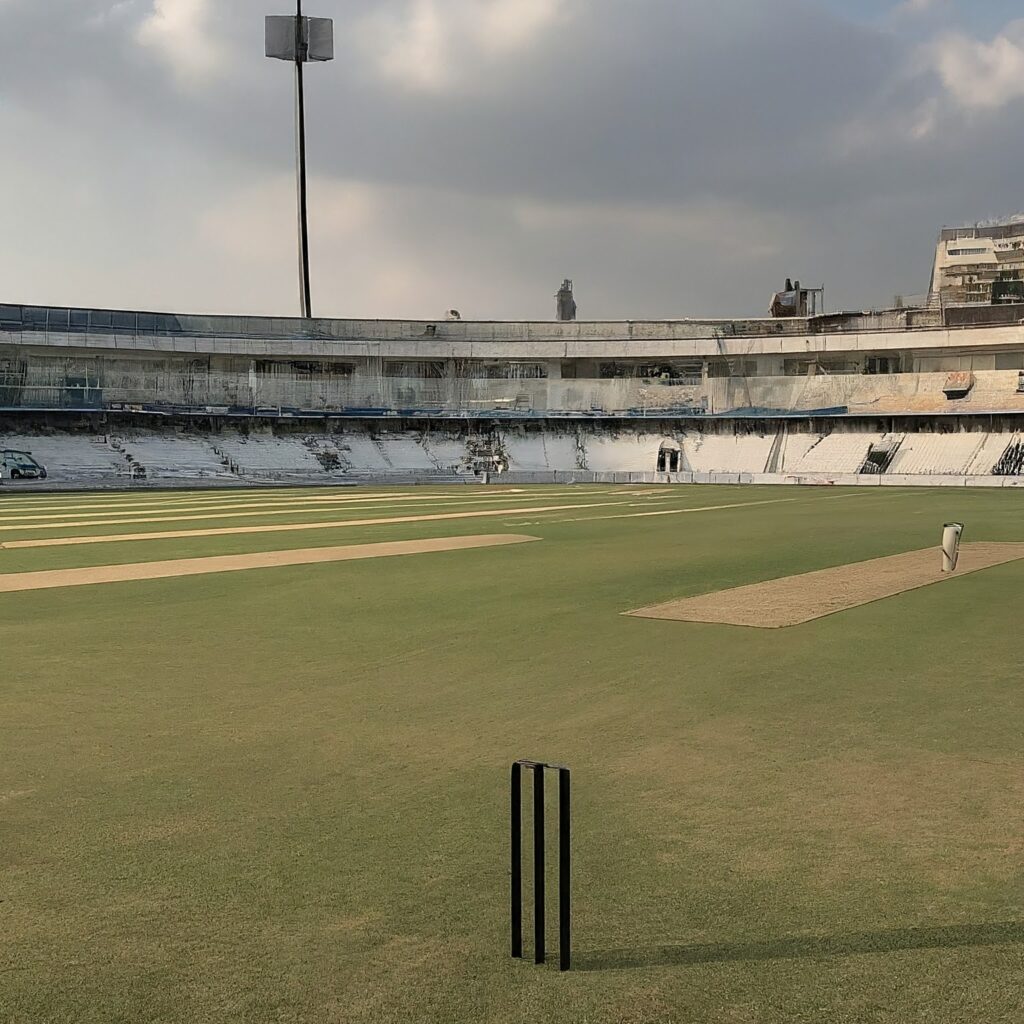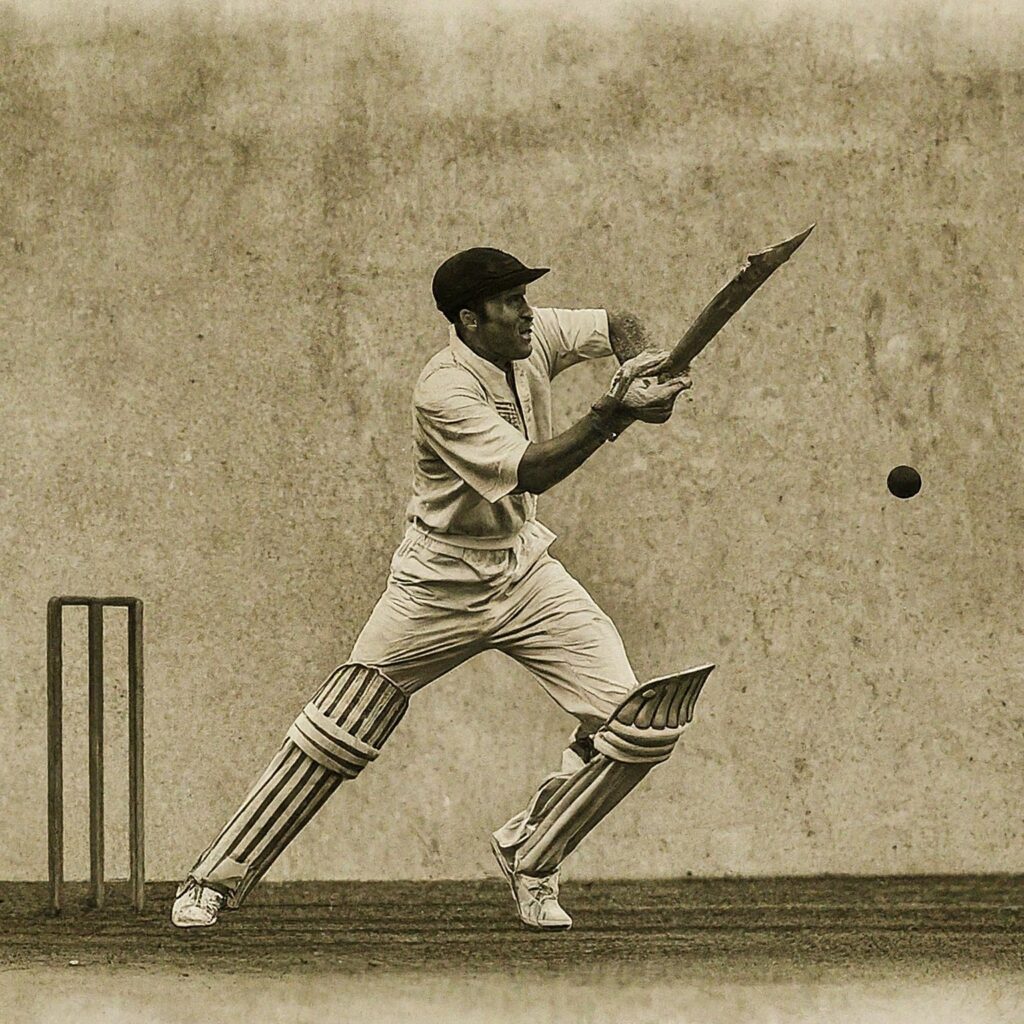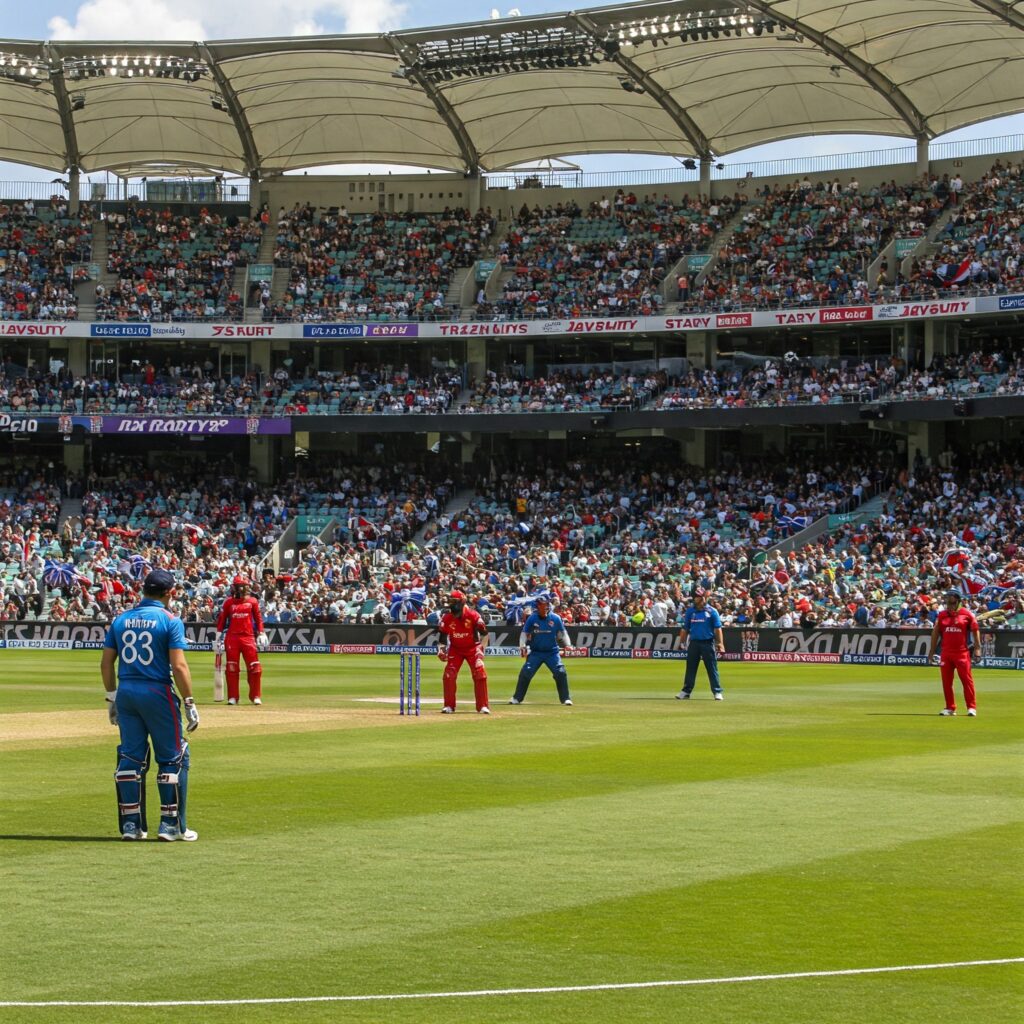One of the most loved sports around the globe, cricket comes in a great variety of formats to keep you hooked. One Day International (ODI) is undoubtedly one of the most exciting and popular formats among them. This blog will cover everything you need to know if you have ever wondered about what is ODI in cricket, and why it continues to be so popular. We dive into the world of ODI in cricket from its beginnings to the renowned attributes that have made it a fan-favorite format.
What is an ODI in Cricket?

In cricket, an ODI is a match between two sides, in which both sides have 50 overs to bat. The format is based on the experience gained from Test cricket and the high-stakes, fast-paced style of T20 play. ODI cricket has the advantage of being played in a single day, which makes it more reachable for players and fans alike.
As the ODI format goes, the side batting first tries to score as many runs as possible while the side bowling tries to keep the runs down and take wickets to limit the opposition’s total. At the end of the match, the team with the highest score wins. The tactical strategies and charts that can lead to almost miraculous hitting make for some thrilling viewing.
What is the Difference Between T20 and ODI?
The challenge is the differences between T20 and ODI when people ask. While both are limited-over formats, their characteristics differ significantly from each other.
T20 is a fast-paced format in which both teams play a total of 20 overs. Since the aim of T20 is to score runs quickly, it demands aggressive batting. These matches often run for 3-4 hours and are meant to be entertaining and fast-paced.
ODI cricket, on the other hand, has 50 overs per side which allows more strategic play. The format still rewards aggressive play, but teams have more chances to build out innings and make tactical decisions. The match takes longer to play out at 7-8 hours, but the extra overs provide greater scope for subtler strategies, whether adding to the batsmen’s quiver or the bowler’s arsenal of action.
Key Differences Between T20 and ODI:
- Overs per Side: T20 uses 20 overs, while ODI uses 50 overs.
- Game Duration: T20 matches are completed in 3-4 hours, whereas ODIs last 7-8 hours.
- Batting Strategy: T20 demands more risk-taking and faster scoring, while ODI involves a more balanced approach between defense and aggression.
What Makes ODI in Cricket Unique?

ODI in terms of cricket is one of the formats which is considered as the best mix of strategy and thrill. Here is a look at some of the unique aspects of ODI cricket that separate it from other formats.
Aggression Meets Strategy
This is the charm of ODI cricket, a heady mix of aggression and restraint. Teams need big hitters who find the boundary, but they also need to build partnerships and pace their innings so they don’t collapse. On the other hand, bowlers must find ways to contain runs and also take wickets at important junctures, giving this format an exciting combination of skill and strategy.
The Importance of Middle Overs Play
In an ODI, the middle overs (11th to 40th over) are a crucial part of the match. This part is where teams seek to consolidate after the early 10 overs (or 15 overs, here), where they will want to build on partnerships and lay a platform for the back end. Bowlers aim to contain runs and break partnerships, varying pace or spin to outfox batsmen.
How ODI Matches Are Played

In an ODI, both teams are allowed to bat for 50 overs each. The game is played in two innings (one for each team). Here’s how a typical ODI match works:
The Toss and Batting Decision
The winning captain chooses to bat or bowl first before each match starts, depending on pitch conditions, weather forecast, team strengths, etc. Certain captains like chasing, whereas others like to post a target and defend it.
The First Innings
In an ODI the team batting first to score maximum runs in 50 overs. Top-order batsmen build a platform, and the middle order makes it explode. The last 10 overs of any innings are often characterized by a stream of high-risk shots as a teeing-off batting side tries to add a few more runs to its totals.
The Second Innings
In the second innings, the team batting second aims to chase down the target created by the first batting team. The game becomes an exercise in nerve-feeding the chasing team who must balance maintaining a steady rate of runs with the added pressure of their continued wicket loss. It ends in a spectacular finish generally in the last few deliveries of the match.
Key Moments in an ODI That Can Change the Game
Special moments define any other format and so it is with ODI cricket. These points can have a permanent mark on the game and make fans skeptical in their seat.
Last Over Drama
The last few overs of an ODI match can get pretty nerve-wracking. And when either side is either chasing a total or attempting to hold onto a slim lead, those overs can be moments of high drama. Every boundary, wicket, and dramatic run-out can change the game.
Featured Individual Performances
In ODI cricket, a brilliant performance can make a massive difference. Whether it’s a batsman batting out the innings for a hundred or a bowler getting the big wickets, it is always individual brilliance that marks the difference. This is the kind of thing that makes ODI cricket fun and special.
Impact of Weather
The other thing is how rain can alter the course of an ODI. Interruption can be due to the weather so fewer overs are being played. In such cases when this happens, the target is adjusted based on the number of overs completed using the Duckworth-Lewis method which also adds a little element of unpredictability in the game.
How Long Is an ODI Cricket Match?
A question that is often asked by new fans is: “How long does an ODI cricket match take?” An ODI match usually takes 7-8 hours which includes a break between innings. This is a relatively long time for T20 cricket, but the format aims to create a substantial cricketing experience that provides strategy, skill, and excitement—all in one day.
Factors Affecting Match Duration:
- Overrated: The speed at which overs are bowled can impact the overall length of the match.
- Innings Break: There’s usually a 30-minute break between the innings, which adds to the total time.
- Weather Delays: Rain or other weather-related delays can extend the length of the game.
Conclusion
So to end, what is ODI in cricket is beyond just overs or rules, it is a format that combines strategy, skill, and entertainment. An intense chase, a career-defining independent performance, or a nail-biting finish, fans across the globe take pride in watching ODI cricket from the confines of their homes. This combination of strategic complexity and moments of spectacle guarantees that ODI in cricket will remain one of the most beloved and successful formats in the sport for many years to come.
Read more about Cricket here.
Related post:









